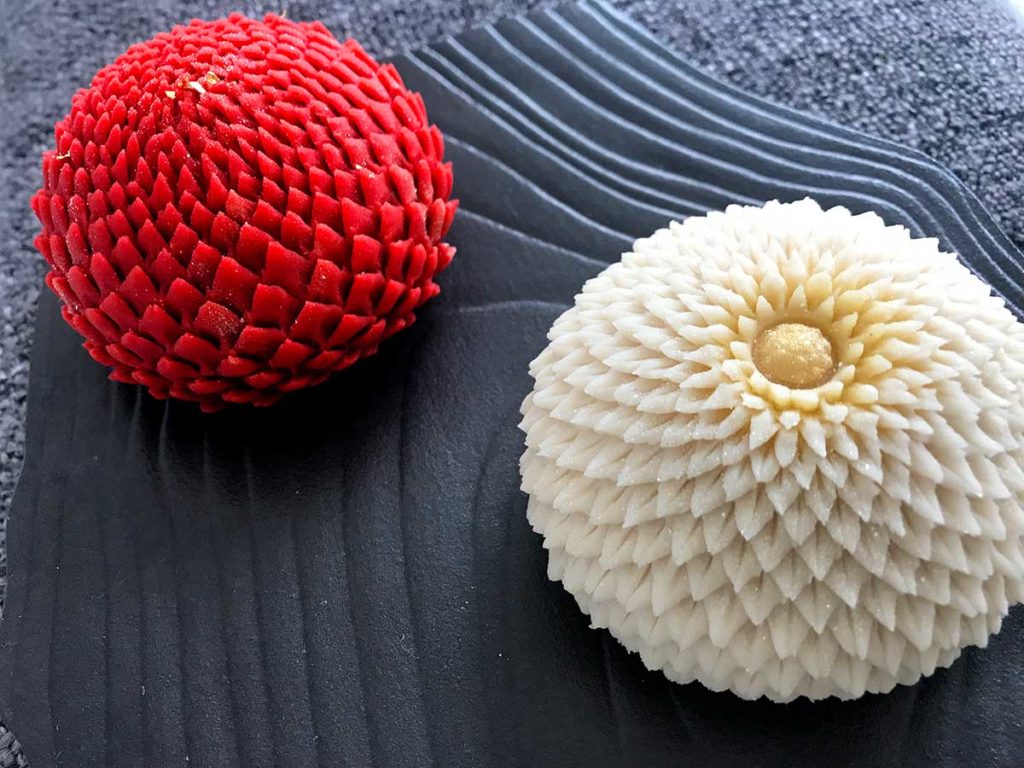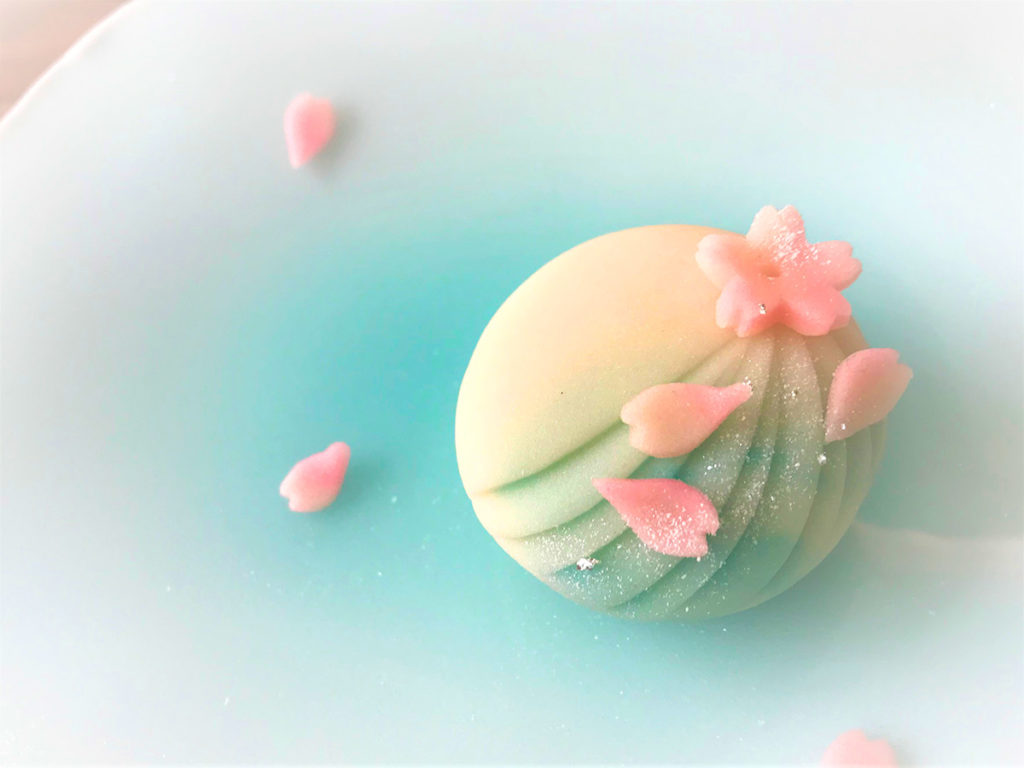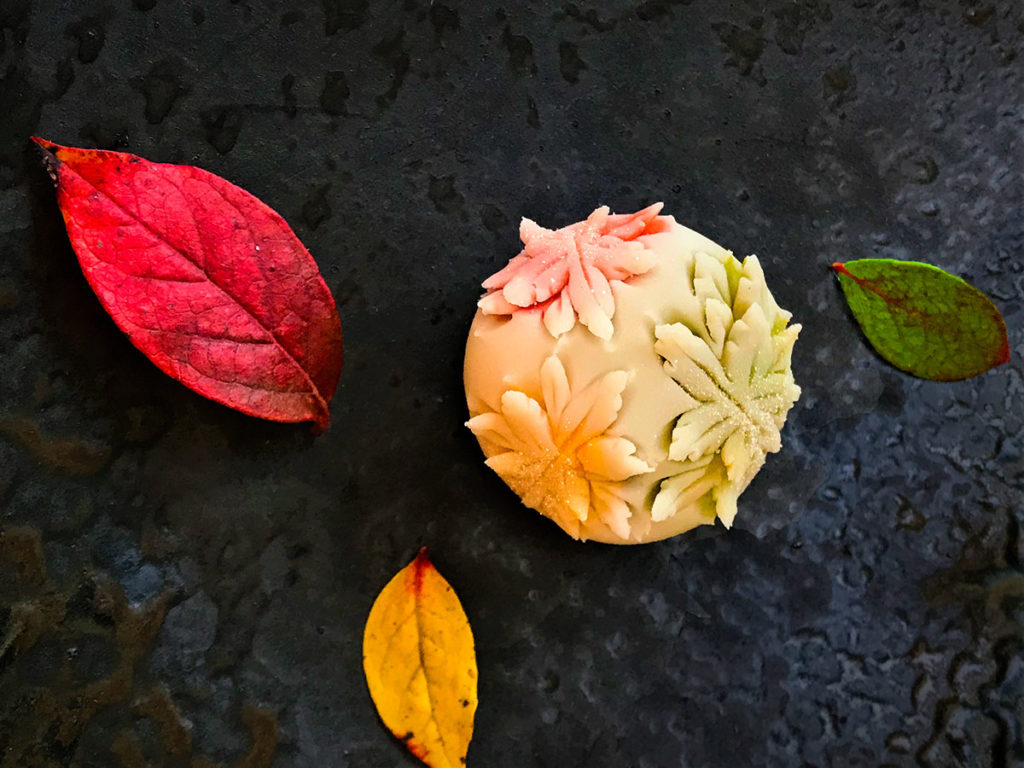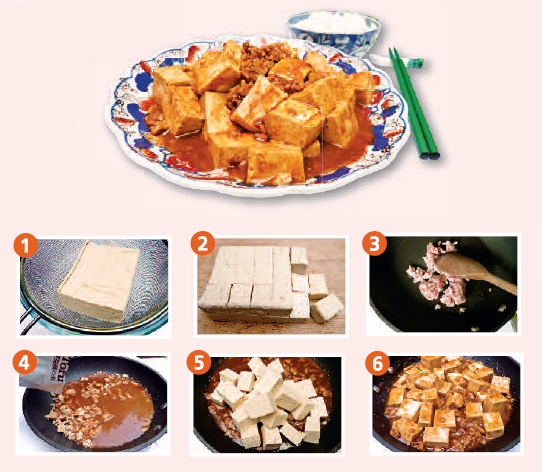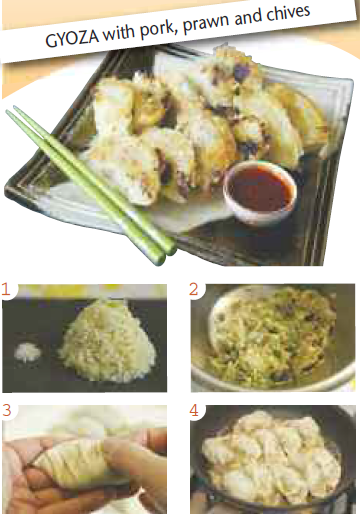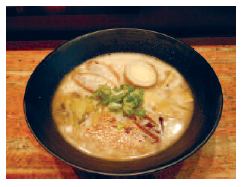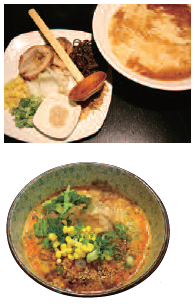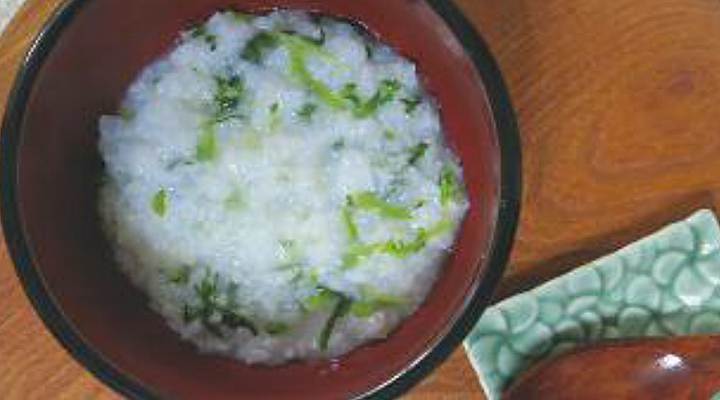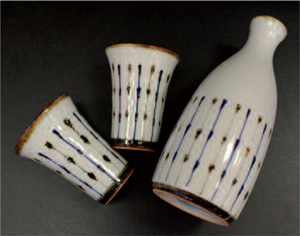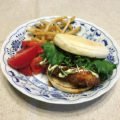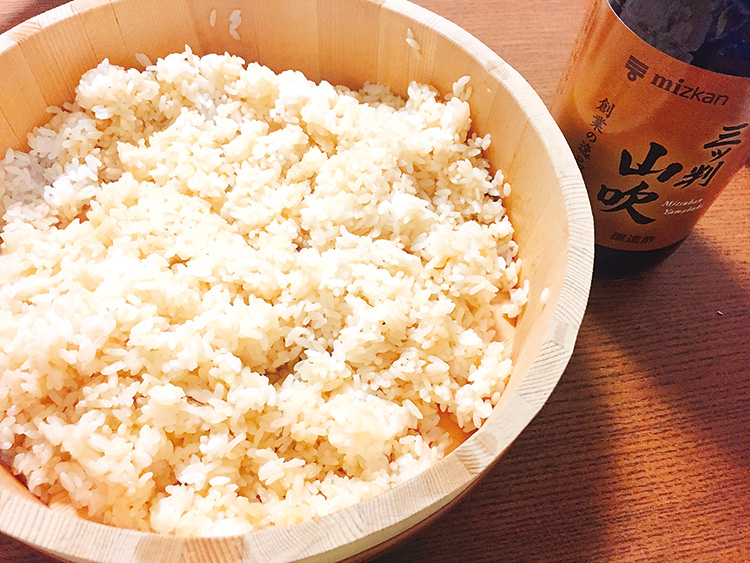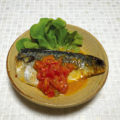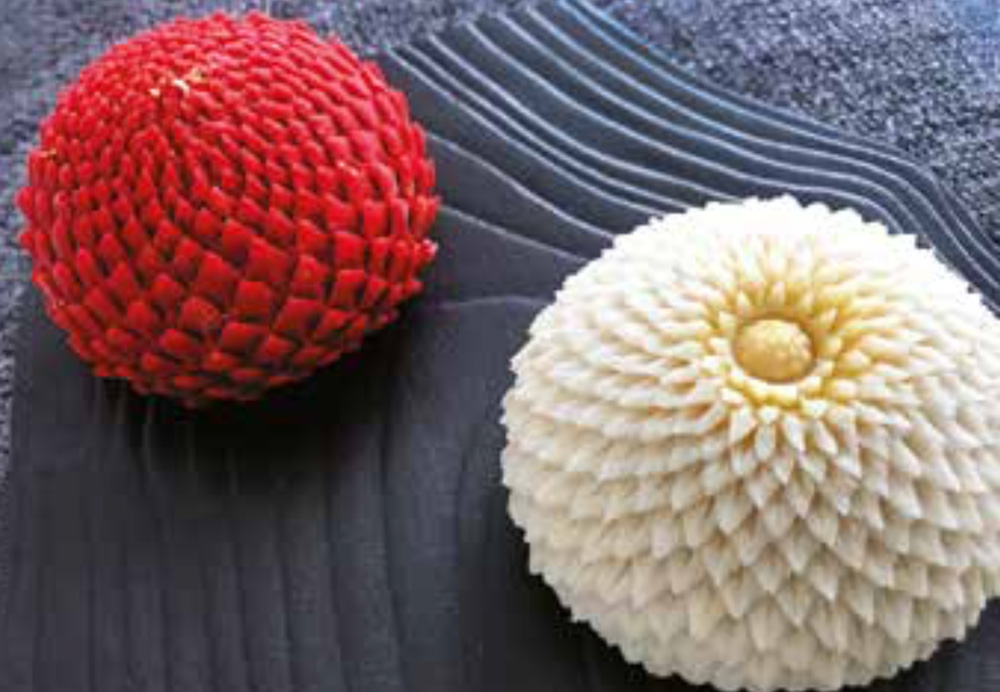
December is an exciting time in Europe to prepare for Christmas. However, December is more of a time for Japanese people to prepare for the New Year than Christmas.
New Year is a very sacred and special event for Japanese people, aside from its religious significance, as it is a holiday to spend time with family. Like Christmas is in Europe, New Year also has delicious seasonal products. Japanese sweets served around New Year’s Day tend to be slightly higher-class and a bit more special than usual.
So, instead of many typical Japanese sweets, I would like to introduce nerikiri.
What is nerikiri?
Nerikiri is a type of Japanese confectionery classified as “raw confectionery”. A fresh confectionary is one that contains at least 30 percent moisture in the confectionery itself.There are various kinds of fresh confectionery, and nerikiri is one of the “fresh sweets” that refers to the finest and high-quality ones among them.
Nerikiri is mainly made with white bean paste and sugar, with yamaimo, flour, or mochi added.The official name is nerikiri-an, but it is more commonly known by the abbreviation. Nerikiri is beautiful in appearance and is sometimes referred to as edible art. Usually, specially trained chefs create beautiful seasonal designs of nerikiri which recreate the beauty within nature and changing seasons. Nerikiri are therefore often served at high end celebrations and tea ceremonies, in which the thoughtful aesthetics can be appreciated. Nerikiri are not only beautiful to look at but are also delicious. The main ingredients of the white bean paste have an elegant and subtle taste which creates a delicate flavour to the nerikiri. This has made it popular throughout the generations.
The history and origin of nerikiri
Nerikiri has a long history as a Japanese sweet. Originally, kashi (confectionery) was a word for fruit. It can be said that it is a remnant of the name of fruit being called mizugashi (water confectionery). In times when sugar was very expensive, sweets were very valuable and could only be eaten at special times, such as ceremonies and celebrations. In the early Edo period when the war ended, people could afford to enjoy sweets, causing the culture of Japanese sweets to develop rapidly. In particular, it is said that many Japanese sweets with beautiful appearances were born in Kyoto, where there were many cultural tea masters.
Design concept of nerikiri
The nerikiri design was not simply developed to make beautiful-looking sweets. It is thought that you can taste the beauty of the season through sweets representing the changing of the four seasons and the beauty of nature such as the flowers, birds, and moons. A few examples of seasonal themes are: cherry blossom and rape blossom in spring, cool water and large radiant sunflowers in summer, autumn leaves and seasonal fruits, winter snow and chrysanthemum flowers.
I myself make a lot of nerikiri, and have created many traditional forms as well as original designs symbolising the flowers I see blooming in the garden, or designs that I thought of with a family member in mind. Nerikiri design fascinates me and will always intrigue me due to the depth of thought that goes into the sweets and the endless array of options.
Five senses of nerikiri
Nerikiri is said to be tasted with five senses. The beautiful design seen with the eyes, the delicious smell with the nose, the texture felt and of course the taste with your mouth.
But what does it have to do with your ears? The answer is the name attached to each nerikiri called “Kamei”. By hearing the name of the nerikiri, I picture the beautiful scene in my head. Therefore it is not only the design of the sweet but also the image it conjures which is experienced when it is eaten. It is a very meaningful concept which intentionally stimulates the imagination, creating a kind of experience which goes beyond just food. Despite the fact that most nerikiri are small enough to fit inside the palm of your hand, I think it is impressive the depth of meaning that each holds, and the idea of it being tasted using all five senses.
Modern nerikiri trends
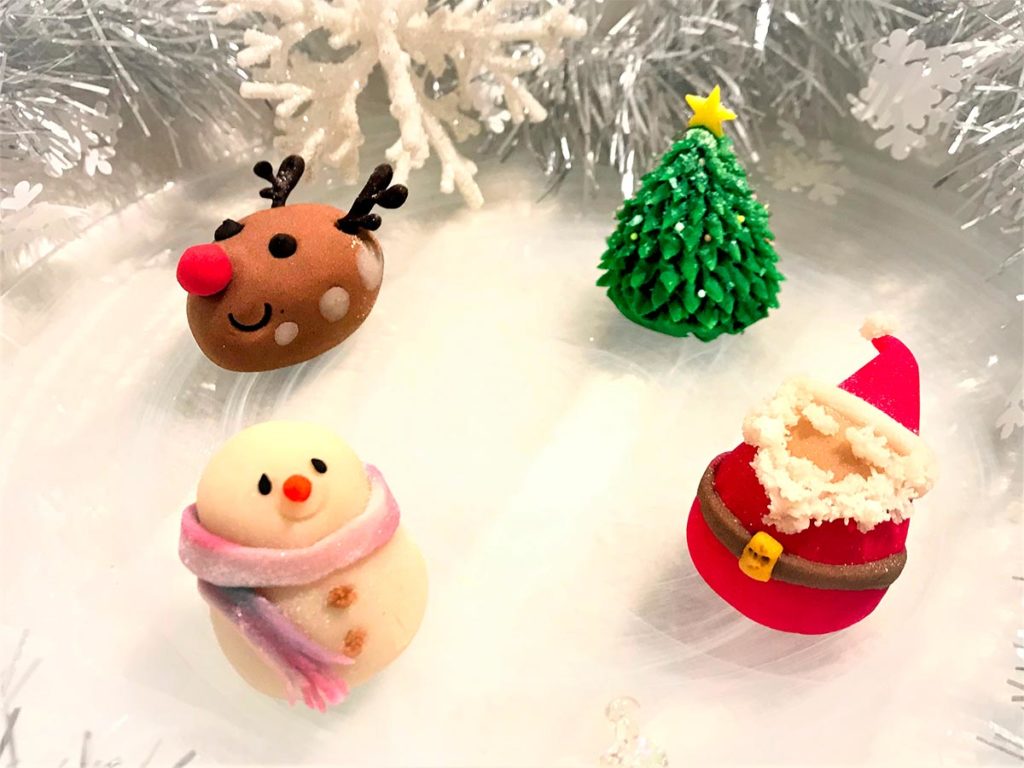
In the past, nerikiri was only made by Japanese confectionery craftsmen with many years of training, as it was a skilled practice. These were bought at Japanese confectionery shops, and only eaten on special occasions. However, “nerikiri art” and “wagashi art” recently regained popularity, with the design element becoming more contemporary and open to artistic interpretation as younger generations begin to take on the art form.
Nowadays, it has become a sweet that can be enjoyed not only at tea ceremonies, but also as a casual snack by men and women of all ages. Even on a global scale, nerikiri is quickly attracting attention as a form of Japanese confectionery art.
Furthermore, nerikiri is naturally made without animal ingredients, so it is good for the environment in comparison to other sweets and suitable for vegans.
I am excited to see how the world of nerikiri develops in years to come.
YURI LEE
www.instagram.com/wagashi_art_uk/
www.instagram.com/wagashiinbloom/
www.wagashiart.com/

